In the wake of unprecedented external payment crisis of 1991. India has witnessed wide-ranging economic reforms encompassing various sectors of the economy. A critical ingredient of the reforms process has been the gradual opening up of India’s external sector. The Trade regime has been significantly liberalized with the abolition of quantitative restrictions on imports and reduction in tariff rates. Non-debt creating inflows of capital are being encouraged. In short, the following, inter alia, have been the chief elements of the policy of external sector reforms since 1991: (a) maintenance of an acceptable level of current account deficit, (b) market determined exchange rate regime, (c) building up reserves by encouraging non-debt creating flows and de-emphasising debt creating flows, particularly short-term debt, and (d) creating a congenial environment for foreign direct investment. Against this backdrop and in recognition of the growing importance of the external sector in driving the economy, this book is focused on the developments of India’s external sector since 1991. it examines development in the following segments of India’s external sector: foreign trade, export-import policy, tariff policy, current account management, capital account dynamics, foreign exchange reserves, exchange rate policies, external debt and aid, foreign direct investment and foreign portfolio investment.
External Sector Reforms in India (1991-2005)
In stock
Free & Quick Delivery Worldwide
reviews
Bibliographic information
Title
External Sector Reforms in India (1991-2005)
Author
Edition
1st ed.
Publisher
ISBN
8177080857
Length
xvii+348p., Notes; Tables; Appendices; Bibliography; Index; 22cm.
Subjects

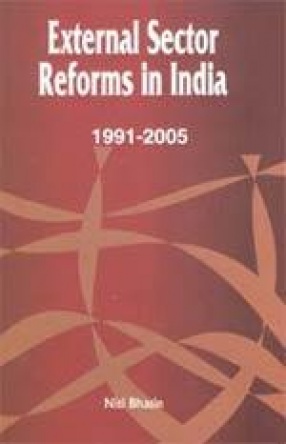
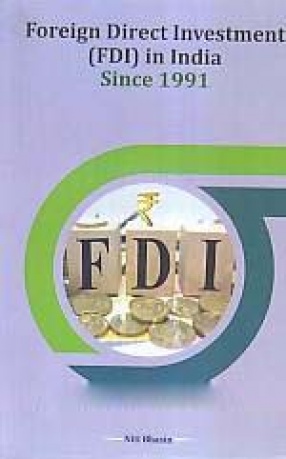
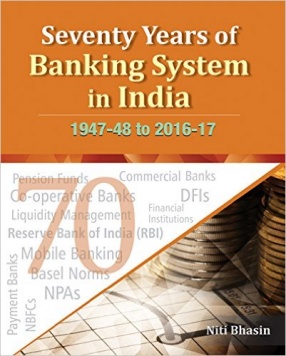
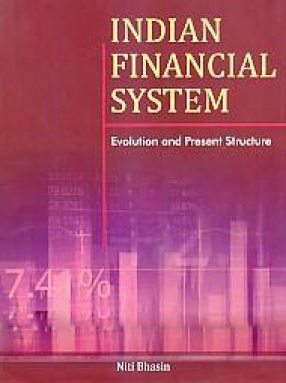

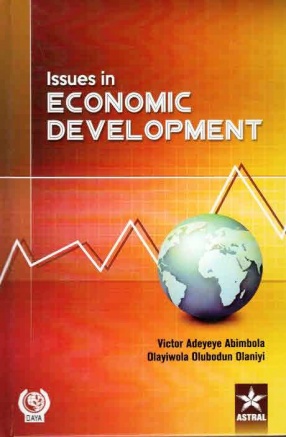

There are no reviews yet.